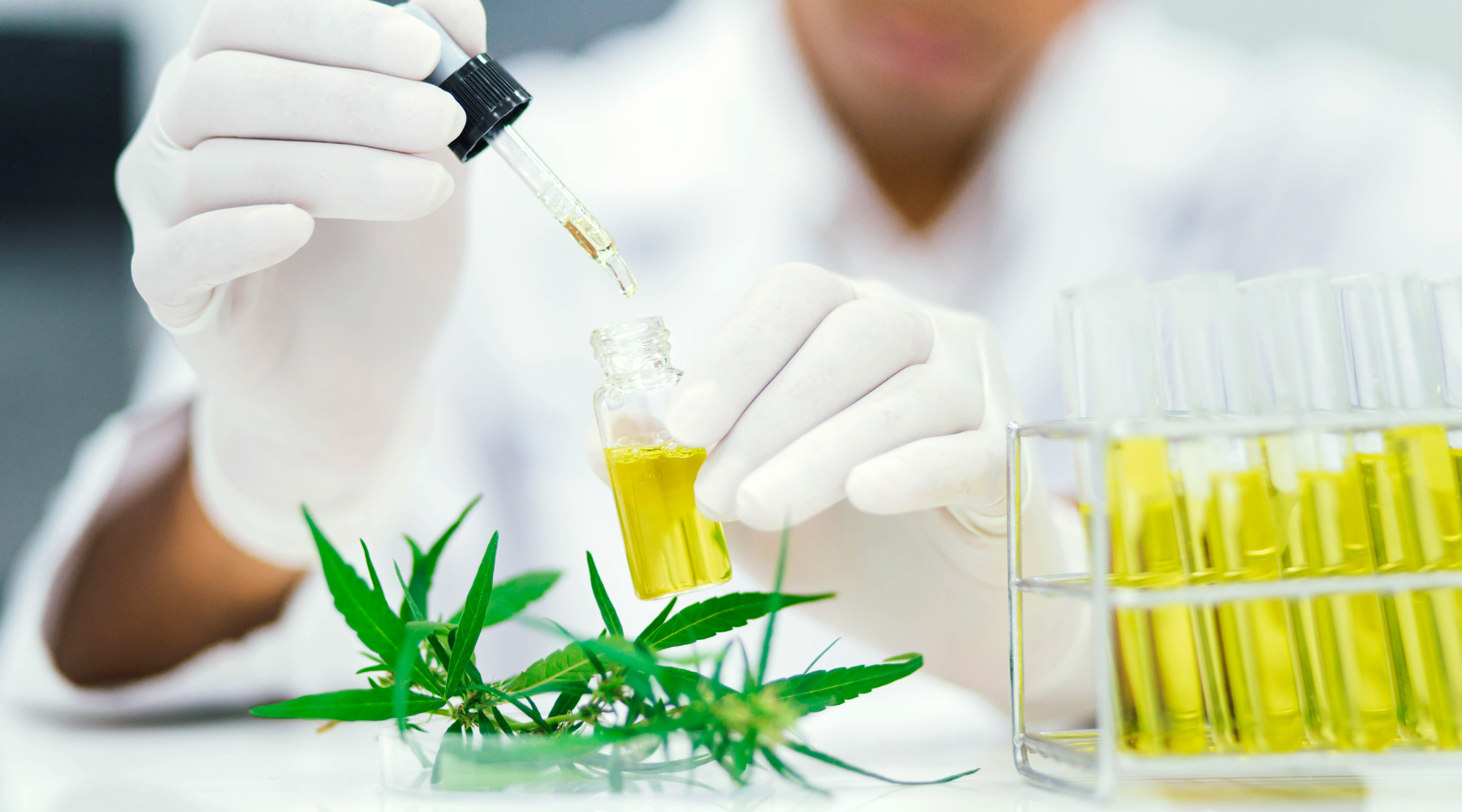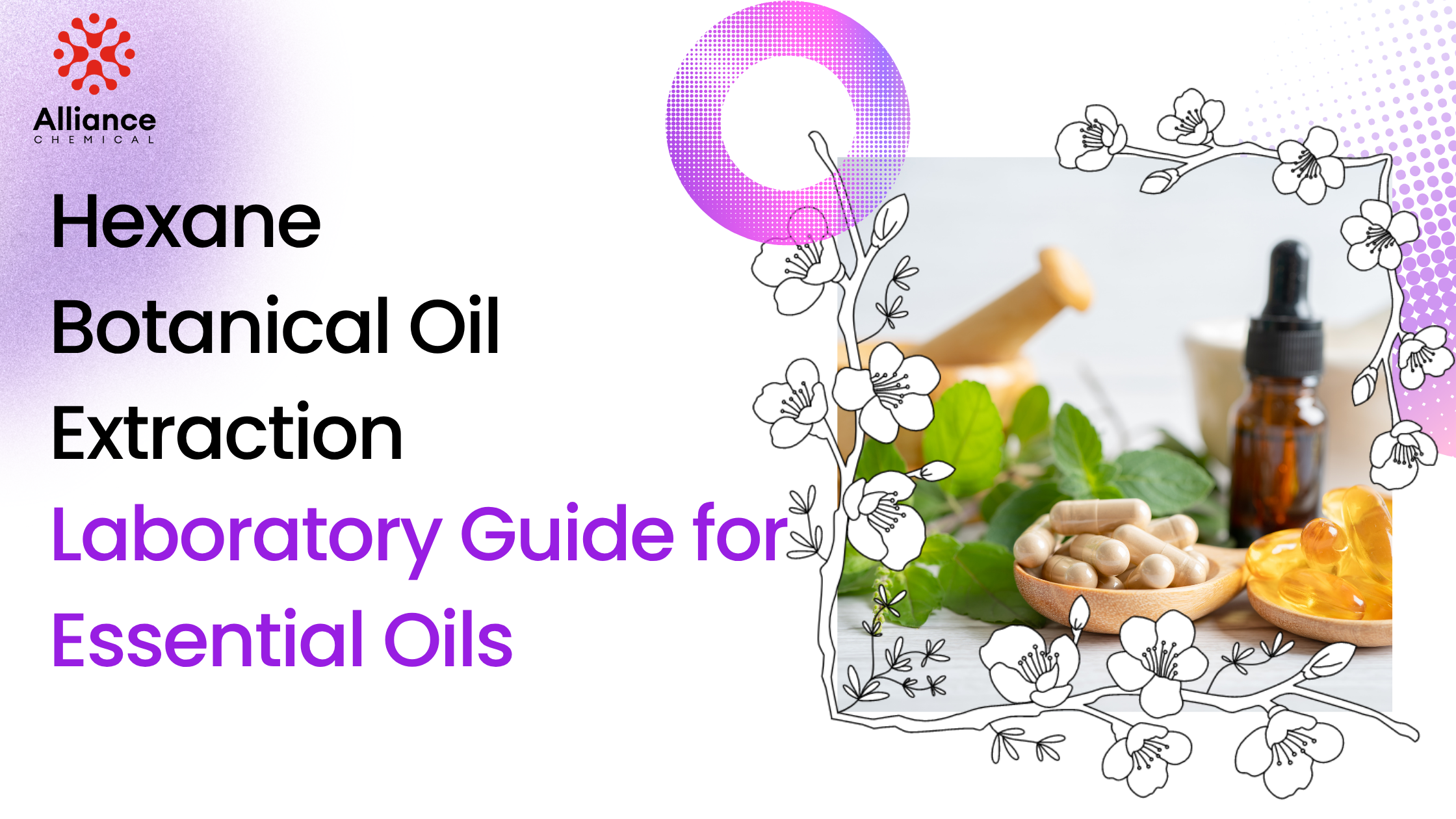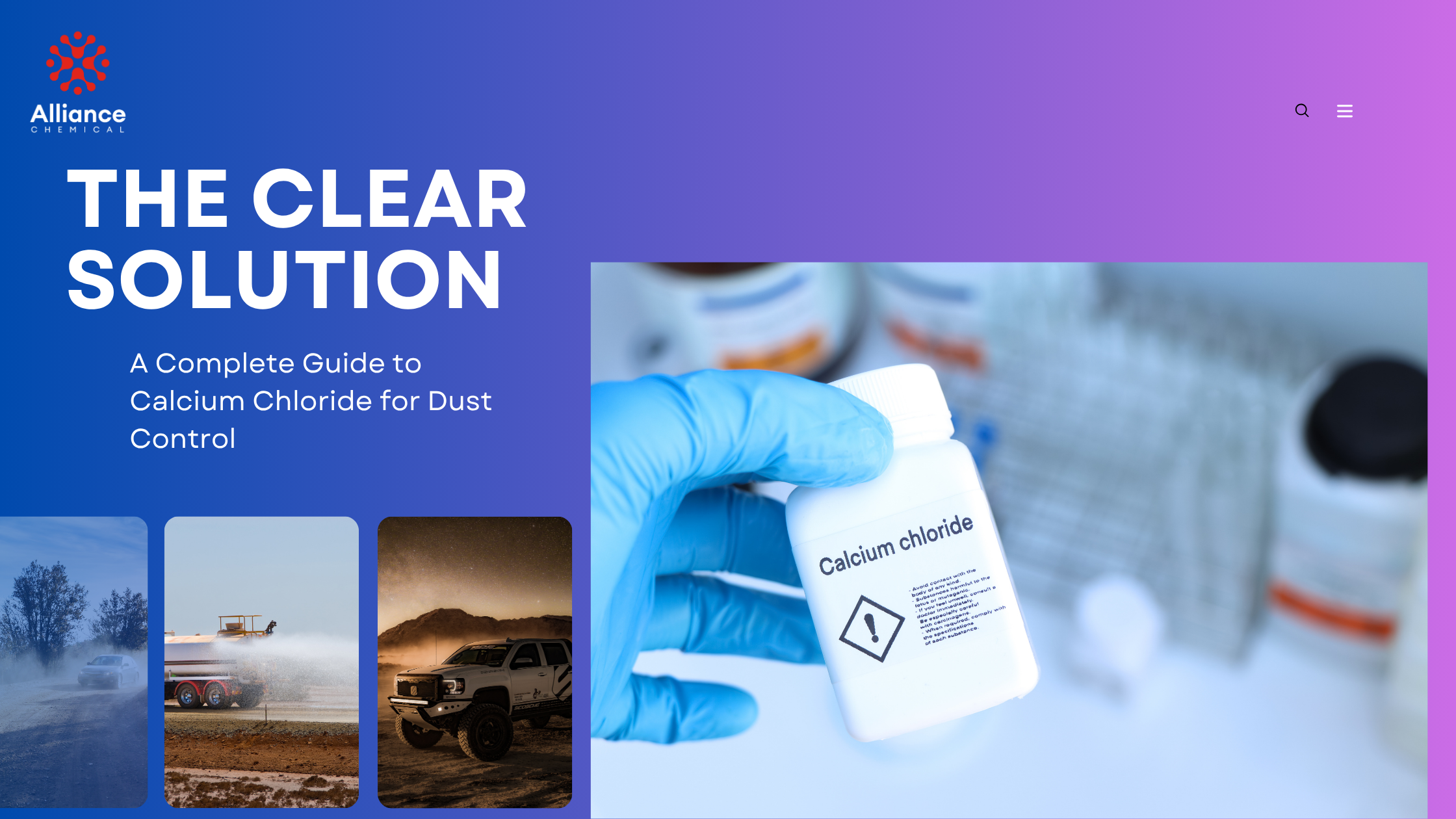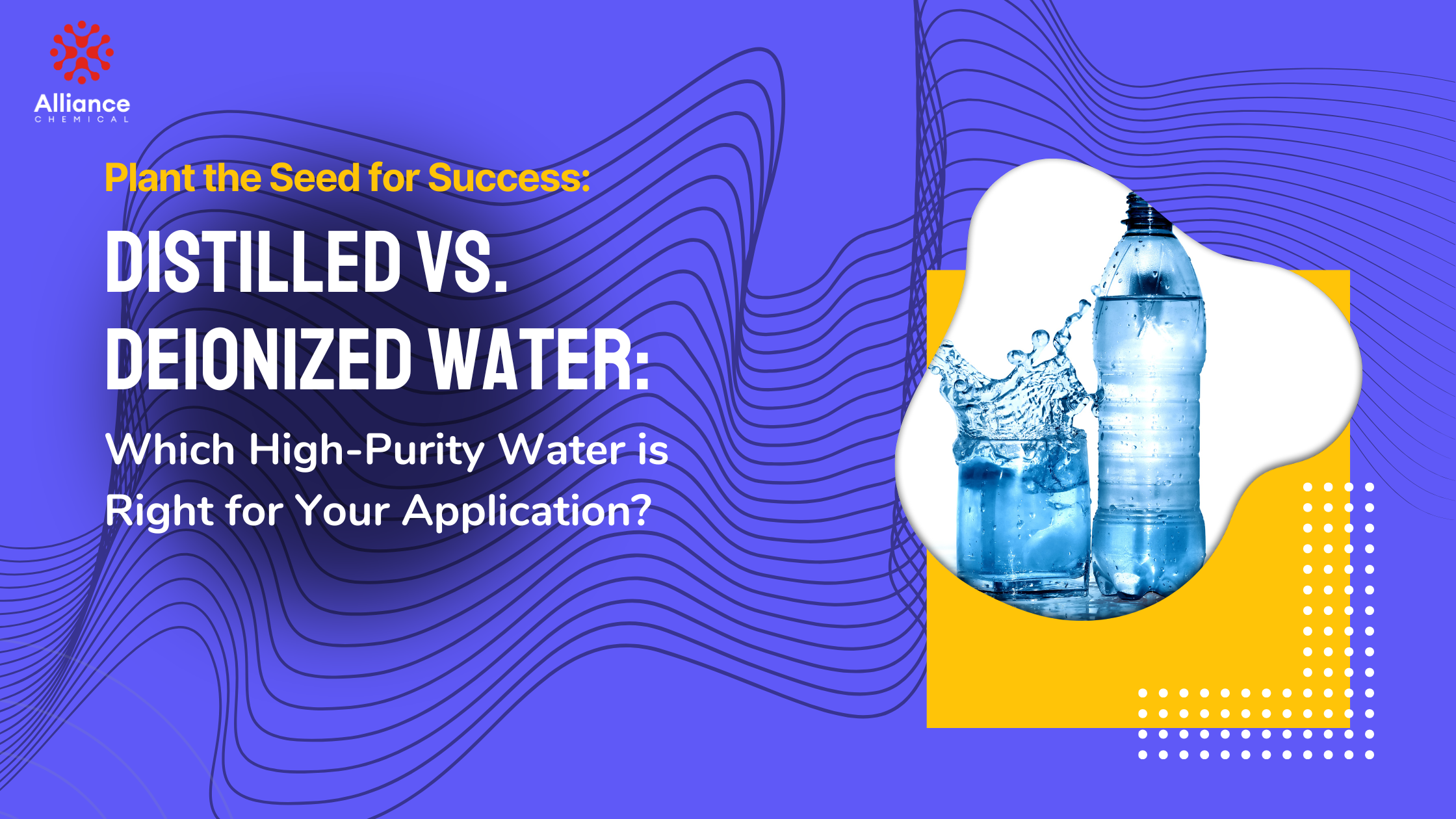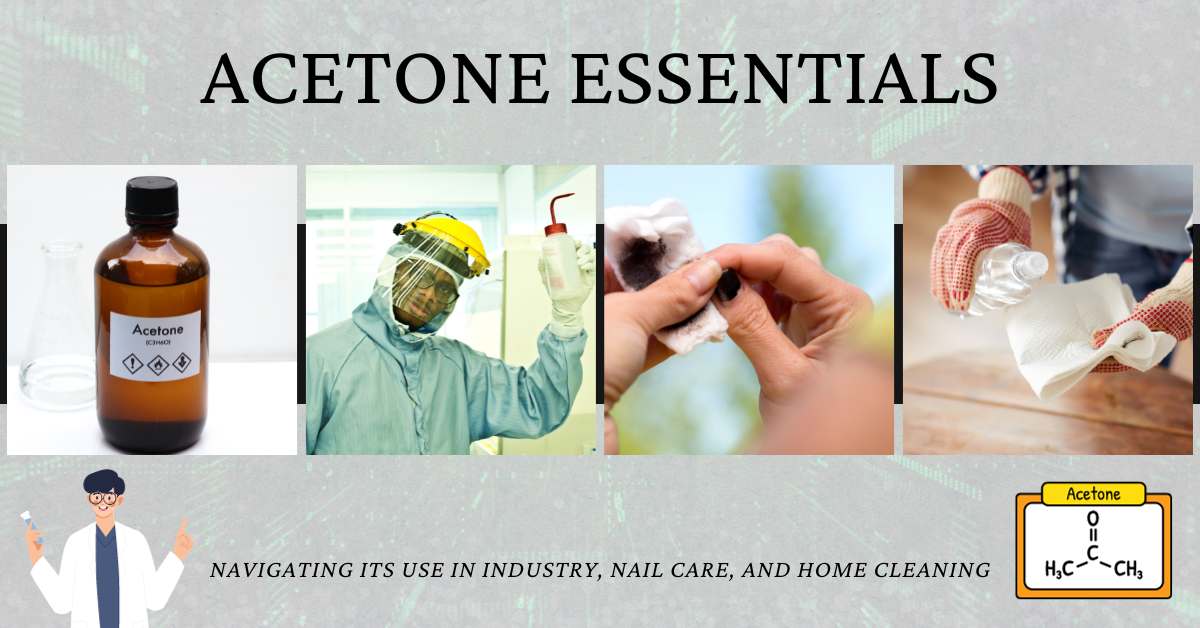
Acetone Essentials: Navigating Its Use in Industry, Nail Care, and Home Cleaning
Summary
In the world of solvents, Acetone stands in a class of its own. As the simplest and most important of the ketones, this powerful, fast-evaporating compound is an indispensable tool in countless applications, from high-tech manufacturing and laboratory research to professional salons and household workshops. This definitive guide explores the science behind acetone's remarkable solvency, details its critical applications with practical how-to advice, and provides the expert knowledge you need to select and use it safely and effectively.
The Chemistry of a Universal Solvent
Acetone (IUPAC name: propan-2-one; formula: C₃H₆O) is a colorless, highly volatile, and flammable liquid. Its exceptional utility comes from its unique chemical structure. It is a polar aprotic solvent. This means its molecule has a dipole moment (a separation of charge), allowing it to dissolve other polar compounds, but it lacks an acidic proton, so it won't react with many solutes.
Crucially, it is also miscible with water and a vast range of organic solvents. This "universal solvent" capability allows it to dissolve a wide spectrum of substances that other common solvents can't, including:
- Many plastics (like polystyrene, polycarbonate, and ABS)
- Synthetic fibers and resins (like epoxy and fiberglass resin)
- Varnishes, lacquers, and adhesives (including cyanoacrylate, or "super glue")
- Oils, greases, and other organic residues
This powerful solvency, combined with its rapid evaporation and residue-free finish, makes it a go-to choice for countless cleaning, stripping, and preparation tasks.
The Industrial Workhorse: Acetone in Manufacturing & Research
In industrial settings, the consistency and purity of ACS Grade Acetone are critical for reliable results.
Surface Preparation and Heavy-Duty Degreasing
Before painting, coating, or bonding, a metal surface must be impeccably clean and free of oils, greases, and other contaminants. Acetone is a preferred solvent for this final wipe-down. Its powerful degreasing action cuts through manufacturing residues, and its fast evaporation ensures a perfectly clean, dry surface, promoting maximum adhesion for paints and coatings. This is a critical step in the automotive and aerospace industries.
Plastics and Composites Manufacturing
Acetone is fundamental to working with many plastics and composite materials:
- Fiberglass & Epoxy Work: It is the standard solvent for cleaning tools (brushes, rollers, etc.) covered in uncured polyester or epoxy resin. A quick rinse in acetone dissolves the sticky resin, saving tools from being discarded.
- 3D Printing (ABS): In 3D printing with Acrylonitrile Butadiene Styrene (ABS) plastic, acetone vapor is used in a process called "vapor smoothing." Exposing a printed part to a controlled acetone vapor environment slightly melts the outer surface, smoothing out the layer lines and creating a glossy, injection-molded appearance.
Laboratory and Pharmaceutical Use
In research and pharmaceutical settings, acetone's high purity is essential. It is used as a solvent for chemical reactions, in extraction processes, and, most commonly, for cleaning and drying laboratory glassware. A final rinse with acetone after washing ensures that glassware is left spotlessly clean and completely dry in seconds.
The Salon Standard: Acetone in Professional Nail Care
High-purity acetone has revolutionized the professional nail industry. Its ability to quickly and safely break down tough polymers is unmatched, making it the gold standard for:
- Gel Polish Removal: Acetone is the only solvent that can effectively break down the cross-linked polymer structure of gel polish, allowing it to be removed without damaging the natural nail.
- Acrylic Nail Removal: It dissolves the acrylic polymer (PMMA), turning the hard enhancement into a soft, pliable consistency that can be easily wiped away.
- Nail Preparation: Used to dehydrate and clean the nail plate before product application, ensuring a strong, long-lasting bond.
Professional Tip: The Importance of Purity
Salons should always use 100% pure acetone. Lower-grade products or non-acetone removers often contain oils and other additives that can interfere with the adhesion of new products and are significantly less effective at dissolving gels and acrylics, requiring more time and abrasive filing.
Buyer's Guide: Choosing the Right Acetone Grade
Selecting the correct grade of acetone ensures performance, safety, and compliance for your specific application.
| Grade | Purity Standard | Key Characteristics | Primary Applications |
|---|---|---|---|
| ACS Grade | American Chemical Society | Extremely high purity (≥99.5%), with certified low levels of water and other impurities. | Laboratory research, analytical testing (HPLC, GC), pharmaceutical synthesis, high-tech electronics cleaning. |
| Technical Grade | Industrial Specification | High purity, suitable for most industrial and commercial applications. | Heavy-duty degreasing, fiberglass/resin cleanup, paint stripping, professional nail care, general-purpose solvent use. |
Acetone vs. Other Common Solvents: A Technical Comparison
| Attribute | Acetone | Isopropyl Alcohol (IPA) | MEK (Methyl Ethyl Ketone) |
|---|---|---|---|
| Solvency Power | Very High (dissolves plastics) | Moderate (safe on most plastics) | Extremely High |
| Evaporation Rate | Very Fast | Fast | Fast |
| Primary Use | Polymer/Resin Solvent, Heavy Degreasing | Disinfecting (70%), Electronics Cleaning (99%) | Industrial Coatings, Adhesives |
| Flammability | High | High | High |
MANDATORY Safety Protocols for Handling Acetone
Acetone is a highly flammable liquid with a low flash point. Its vapors can form an explosive mixture with air. It must be handled with extreme care in a controlled environment.
- Fire Hazard is Primary: Eliminate ALL sources of ignition—sparks, open flames, static electricity, and hot surfaces—from the work area. Work in a well-ventilated space to prevent vapor buildup.
- Personal Protective Equipment (PPE): Wear chemical-resistant gloves (butyl rubber or nitrile) and splash-proof safety goggles. An apron is recommended for larger quantities.
- Ventilation: Use acetone only in a very well-ventilated area to avoid inhaling high concentrations of vapor, which can cause dizziness and respiratory irritation.
- Material Compatibility: Acetone will dissolve or damage many plastics, finishes, and synthetic fabrics. Always test on an inconspicuous area first. Store only in a properly rated metal or HDPE plastic container.
- Disposal: Dispose of acetone and acetone-soaked materials (rags, etc.) as hazardous waste according to all local, state, and federal regulations.
